Seven Standards to Distinguish the Advantages and Disadvantages of AV Over IP Systems (Part 1)
Today, AV over IP solution are having a huge impact on various industries, and have entered the command centers and control centers of important industry such as security, meteorology, transportation, and power, and have brought powerful applications to user system visualization, docking, and interconnection. How to choose the system and how to distinguish the advantages and disadvantages of AV over IP systems is a difficult problem. Today I will share with you the ways and techniques for telling the advantages and disadvantages of it.

First: Check Core Technique
The core foundation of IP-based products is the audio and video network codec algorithm, and excellent codec algorithm is the prerequisite for the base of a good AV over IP product. By understanding the core technology algorithms used in these products, you can quickly and initially determine the performance of it, then to choose the most suitable product.
According to technical characteristics and production time, the mainstream IP based product in the market can be divided into the three types. The first generation was using deep compression technology, the second generation is shallow compression technology and the third generation is dual Stream technology. We elaborate below in details to see cons and pros.
First Generation Deep Compression
Deep compression IP Based products are first generation product based on H.264 and H.265.
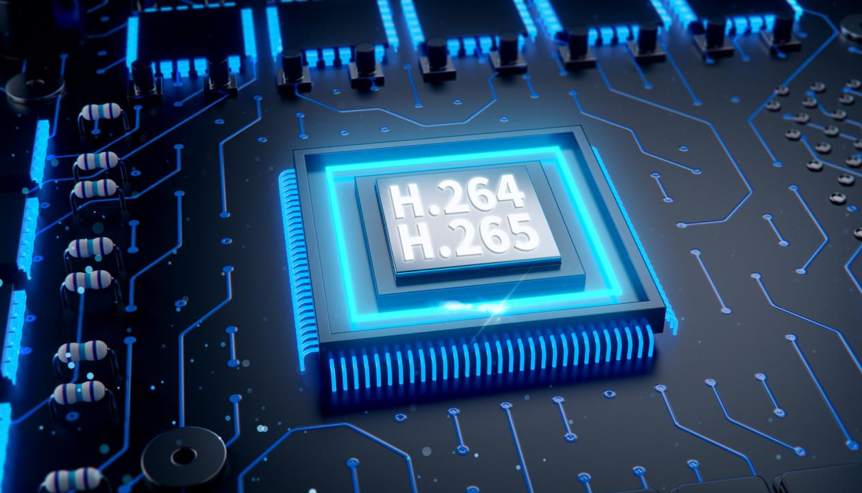
Advantages of Deep Compression Technology
Low bandwidth. Taking a typical H.264 product as an example, transmission of 1 channel 1080P image only requires a transmission bandwidth of about 8M, which requires low transmission bandwidth and can be well applied in long-distance transmission applications across regions and cities.
Multi functions. It includes video wall control, KVM management, and Image preview display, Long-distance transmission and other functions.
Standard video codec protocol. The H.264 / H.265 technology is an open standard codec technology, so the video stream of most deep compression products/devices can be compatible.
Disadvantages of Deep Compression Technology
The Signal image loss is large. Due to the large compression ratio of deep compression products, irreversible video quality loss often occurs during video transmission, such as loss of image details and color cast. At the same time, due to the algorithm itself, serious display problems such as mosaic grid, blurry picture, and Image freeze may occur when the video details are rich and the picture changes rapidly.
The signal latency is large. As the algorithm of deep compression products are more complicated, the image needs to be cached during the compression and restoration of the image, resulting in a higher latency in the actual displayed image. When cooperating with audio signals, keyboard and mouse signals and other data, it will cause problems such as audio and video out of synchronization and mouse drift.
Second Generation Shallow Compression
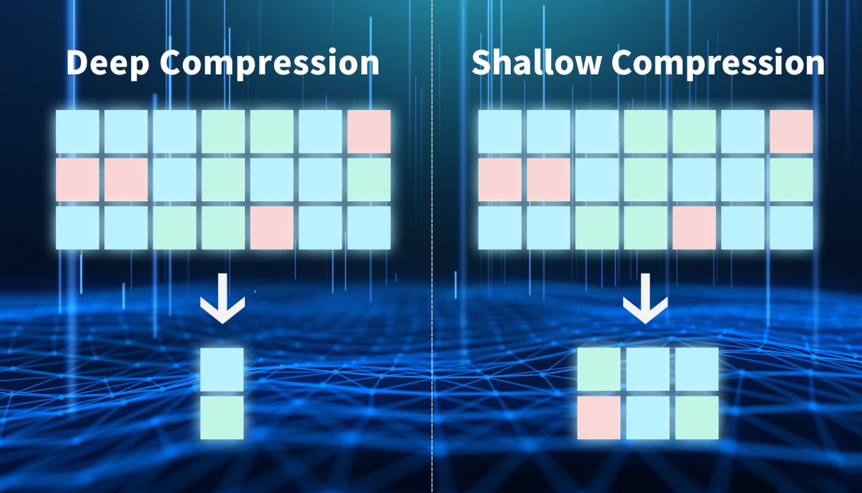
Shallow compression technology is different from deep compression. It mainly solves the problems of poor image quality and high latency of deep compression products.
Advantage of Shallow Compression
Good image quality. The shallow compression technology has the characteristics of coding and decoding with a low picture compression ratio, and the compression ratio is about 1: 4 ~ 1:20. Therefore, the reduction of image details and the preservation of color brightness are far beyond the technology and products of deep compression.
Low transmission latency. The codec products of the shallow compression series have extremely low-latency transmission which has improved the problem of high latency that KVM management.
Disadvantage of Shallow Compression
Large bandwidth. Due to the small compression ratio of shallow compression technology for video, while providing good image quality and latency, it also increases the pressure on the overall network bandwidth. So shallow compression products are only suitable for private networks or local area networks. At the same time, due to the large instantaneous information, it is difficult for shallow compression products to use the existing network for long-distance audio and video transmission and information storage.
Low standardization. Compared with the deep compression H.264 / H.265 technology, the technology of the shallow compression products lack a unified market standard, and the technologies adopted by various A/V manufacturers are different. It is difficult for the decoder to connect.
Third Generation Dual Stream Coding

Dual-Stream Compression is the latest-generation technology powered by Tricolor Technology. By adopting the design of dual core system, integrating the feature and advantages of the previous two generations products for the first time. The shallow compression core achieves high-quality lossless video display, low-latency transmission, and improves a variety of functions; On the other side, The deep compression core maintains the shallow compression display effect, while solving the requirements of compatible H.264 / H.265 devices on the market and enables long-distance video transmission/sharing under low network.
Second: Check Features
Second step of making a buying decision is to see whether it covers the useful functional requirements. The following three functions are truly meaningful and worth evaluating: network signal switching function, video wall display function and real-time KVM seat management control
Network Signal Switching Function
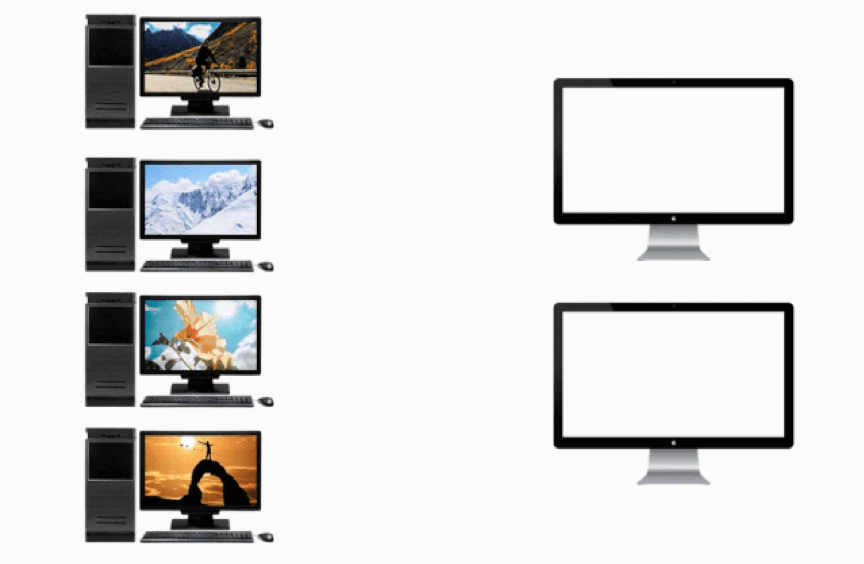
Audio and video network coding and decoding capabilities are the most important basic capabilities of IP based system. The main functions include: different types of audio and video signal transmission, A/V signal transmission of different resolutions, no black field switching on the screen, independent transmission/switch of audio.
Video Wall Display Function

IP based product must have video wall display function, it mainly includes video wall multi-screen display, picture-in-picture display. It also supports any layout adjustment, fast switching, video wall display background image display, signal preview, video wall mirroring, scrolling text, etc.
Real Time KVM Management Function
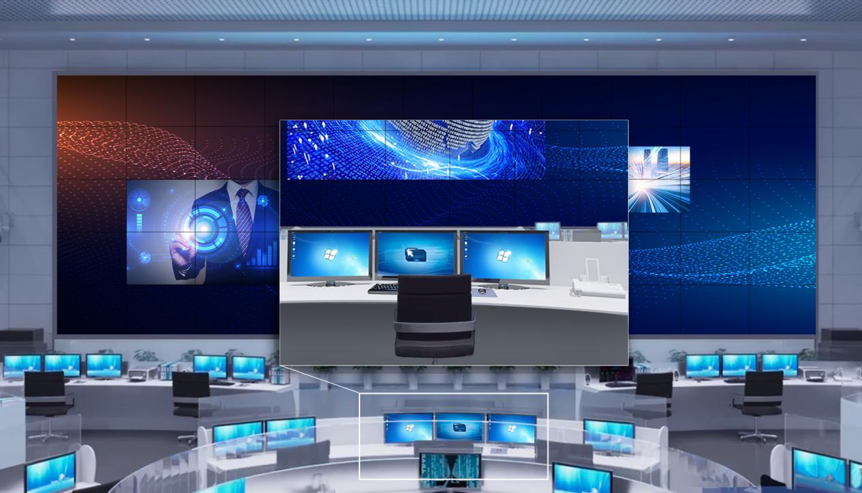
KVM collaboration function can quickly and easily solve the problem of information sharing and processing between multiple operators. Its main core functions include: "one person and multiple device" control, "man-device separation", remote PC real-time control, grab or push signal to the video wall, video sharing between different USB/device such as UKey, hard disk, camera, printer, real-time preview of signal source, etc.
Third: See the Degree of Picture Reduction
Based on the requirements of the AV Over IP system application such as the command center and control room, ultra-high image quality, the degree of picture restoration are major criteria for measuring the merits of the IP based system. A good system uses industry-leading image processing dual stream technology to ensure that all A/V signals are processed and displayed in real time, while displaying no color cast, no loss of details, and no black screen / mosaic.
Then How to distinguish the picture restoration degree of your chosen IP-based products? Please follow below method to do the test.
Method One: Use Static Testing Image
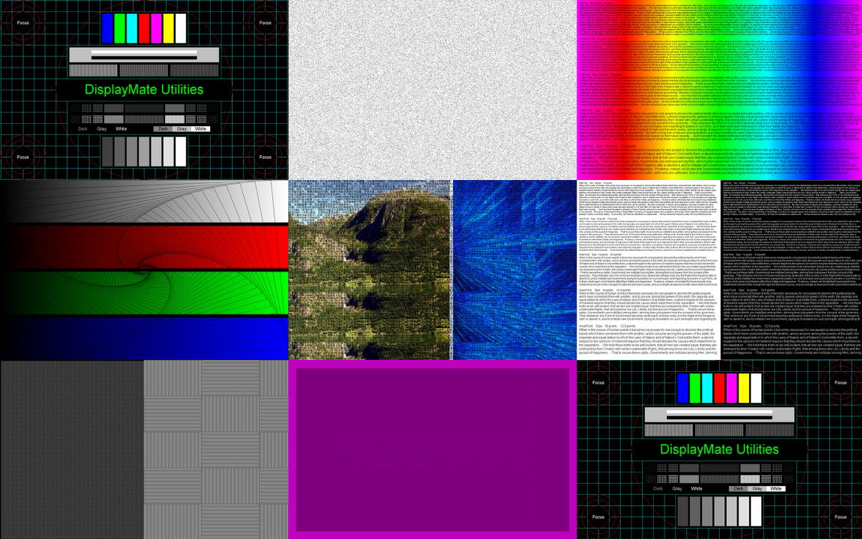
(Static pictures test)

(static diagram test)
Compare the difference between the original image and the codec image. A test is conducted to see if the following problems occur when the image is displayed in full screen:
· Blurred lines or even complete loss
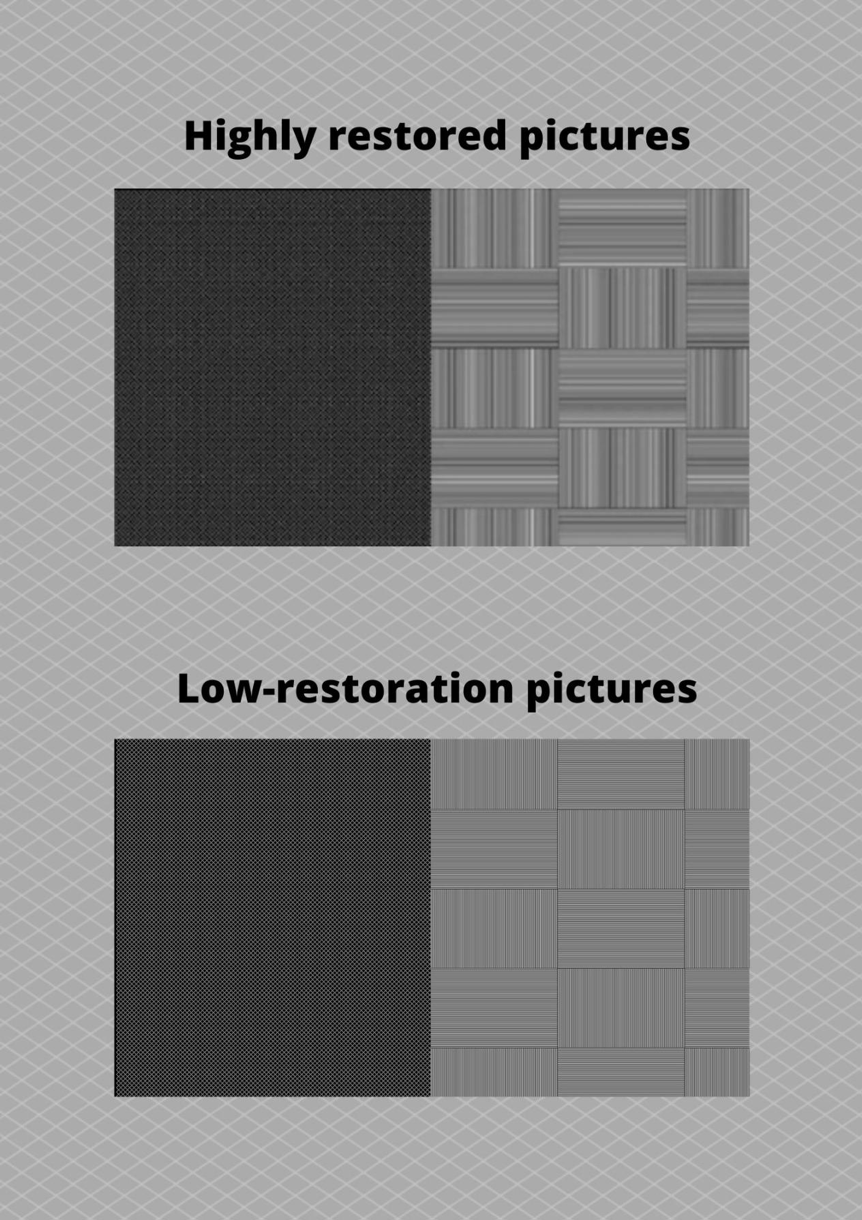
· the text content and patterns are kept intact
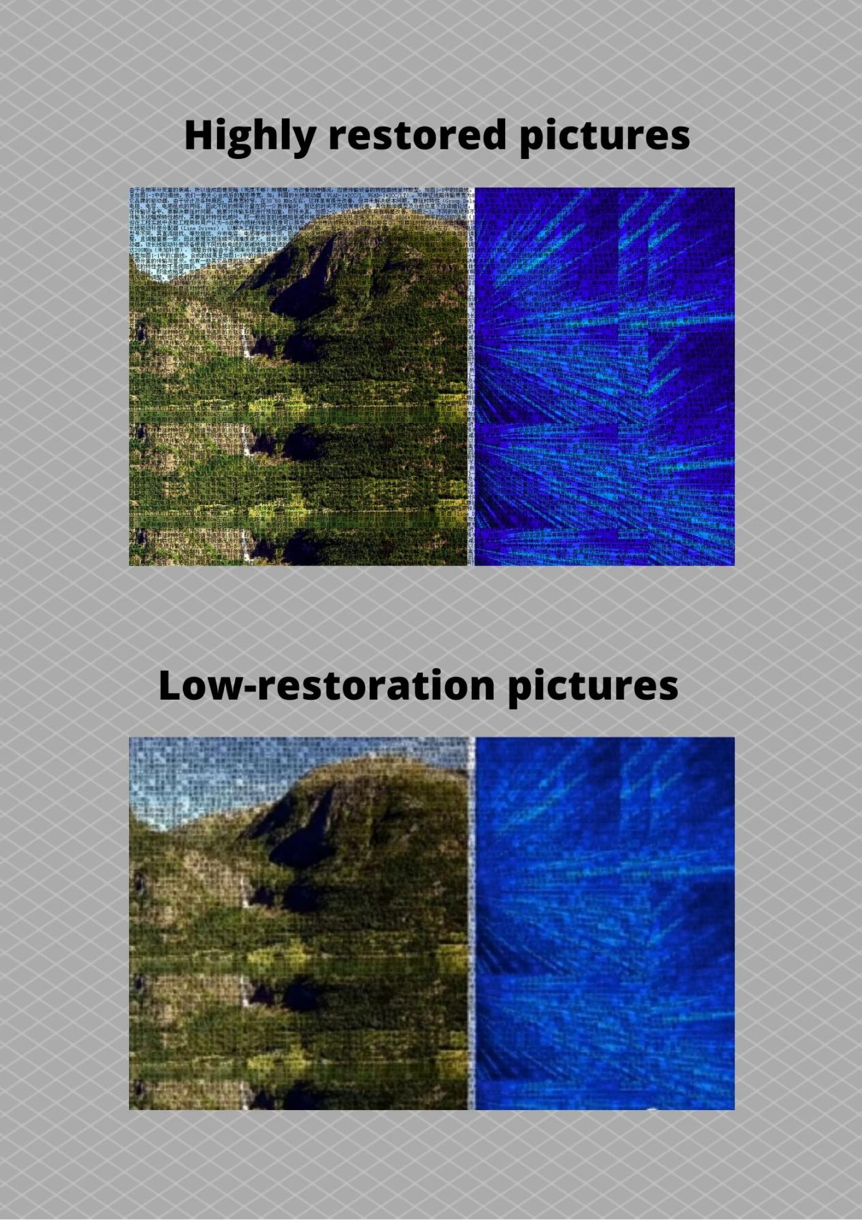
· The color is rich and the color change is smooth
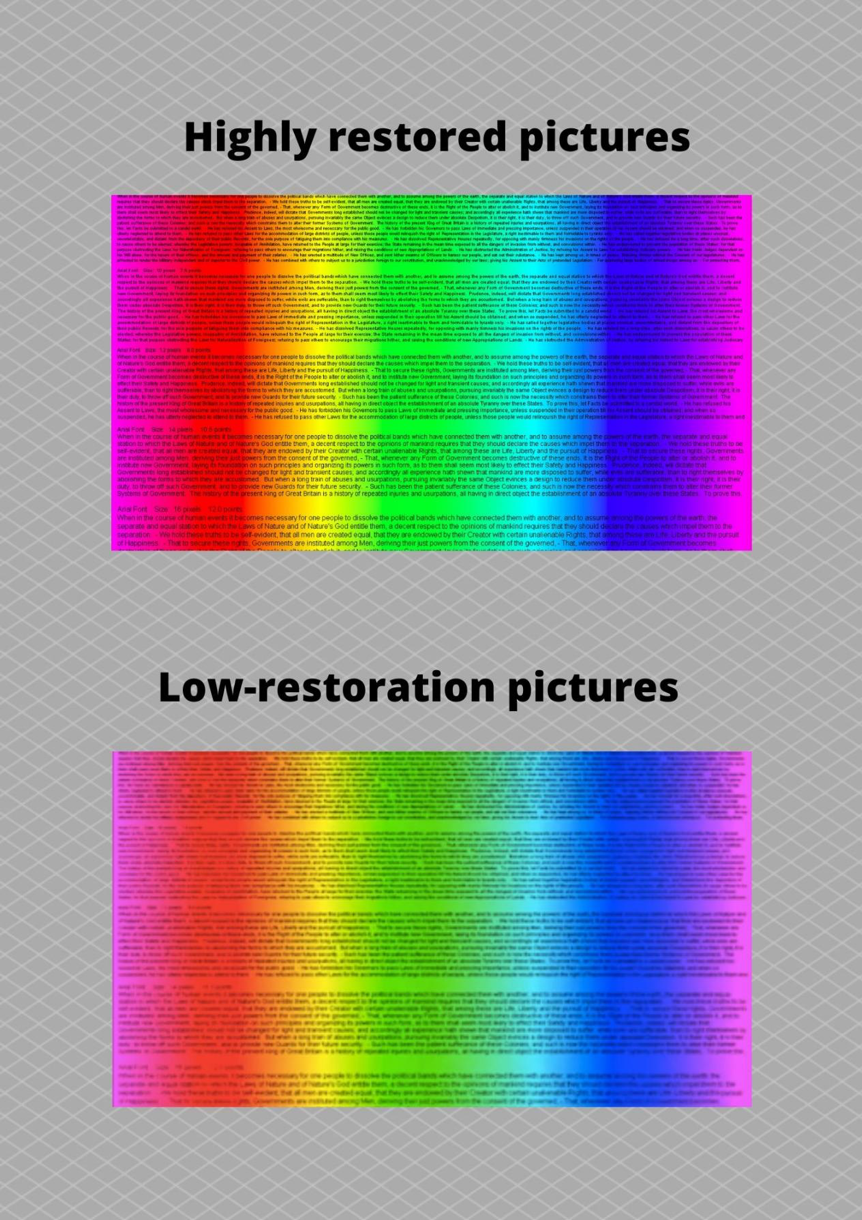
· The image 4: 4: 4 is clearly visible
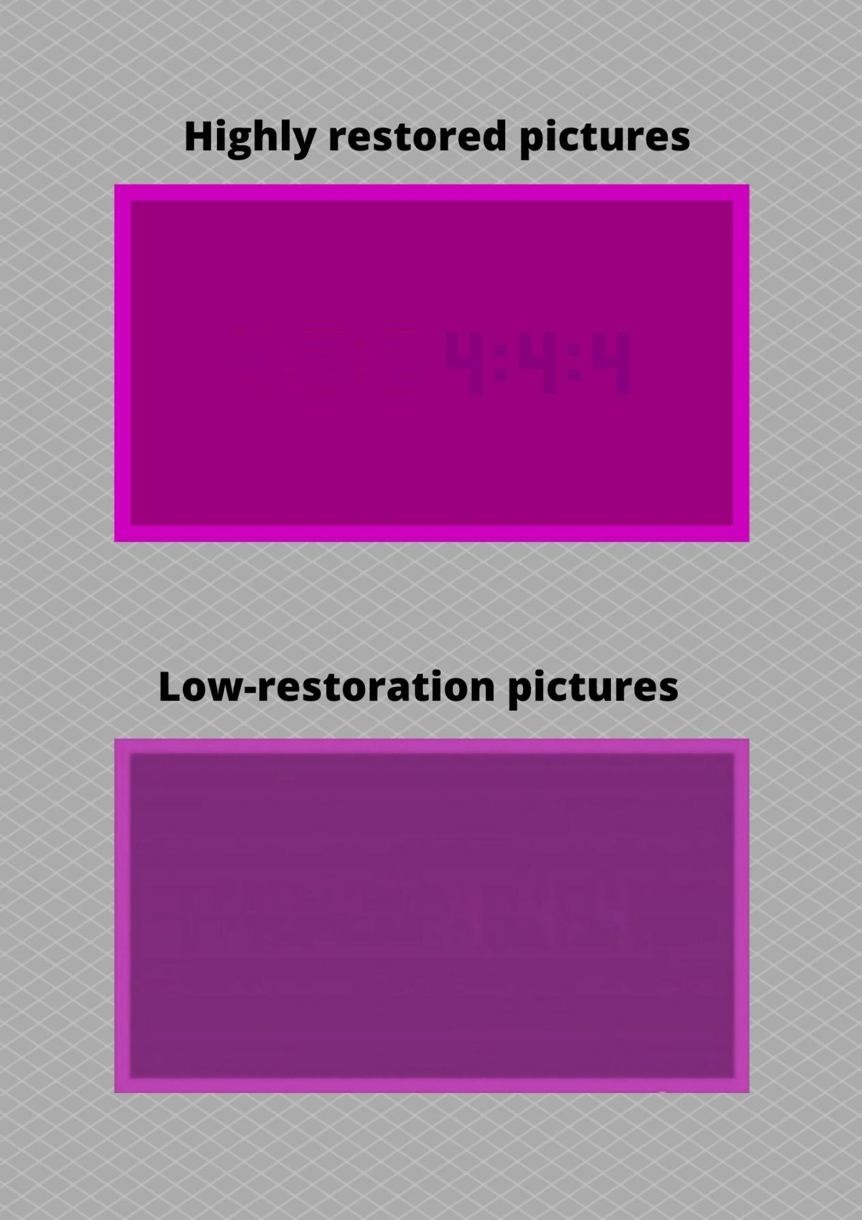
Method Two: HD dynamic Picture Test

(HD dynamic image diagram test)
Play fast-changing, complex, and colorful videos, and observe with the naked eye whether there are problems such as blurry pictures, mosaics, picture freezes, or black screens.

Tricolor Technology's AV over IP system adopts unique lossless compression codec technology to achieve HD-definition 4: 4: 4 professional color sampling and lossless transmission of video signals, retaining the original picture details to the greatest extent, high-quality color reproduction, solved conventional codec image blurring, dim color, loss of details and other image quality problems make the remote display device perfectly restore the original image quality and achieve high-definition and detailed display effects comparable to local video. Make sure the zero latency signal transmission.